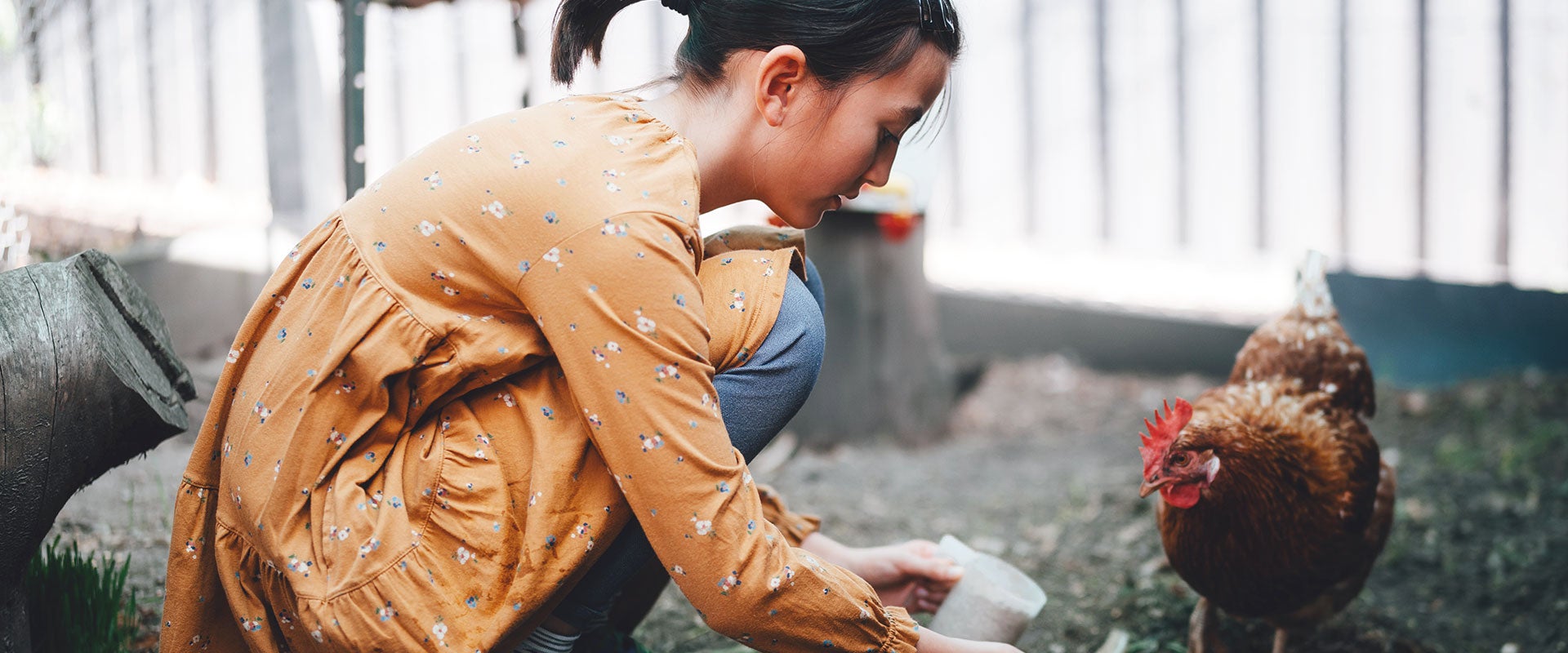Backyard animal owner profile
Backyard animal owners differ from traditional companion pet owners in some ways. Current owners are more likely to be female and tend to be younger; 52% of backyard animal owners are younger than 45, compared to 48% of companion pet owners. They also live in homes with more space: 95% of backyard animal owners have access to a backyard, compared to 81% of those with companion pets.
Despite these differences, similarities exist between backyard animal owners and pet owners when it comes to enthusiasm. Although backyard animal owners may not have day-to-day interaction with their animals, they often are very passionate about them (see Figure 6).
This passion drives high spending on supplies and care for backyard animals, creating a lucrative market for products catering to this demographic. Furthermore, many backyard animal owners expect a return for their efforts — for example, in eggs from laying chickens and in meat from meat birds.
Looking at future backyard animal owners, we find that they are generally younger and wealthier than the current market participants; 66% of potential future owners are younger than 45, and 42% have a household income exceeding $100,000. These characteristics suggest that the market for backyard animals will continue to grow as these wealthier and more enthusiastic consumers enter the space.
It is well-understood that the humanization of dogs and cats has spurred innovation and increased spending in those categories, especially on premium products that promote overall pet wellbeing. There is emerging evidence that this trend is occurring in other animal segments as well. For example, companies are now offering specialized diets and health products for small animals such as rabbits, guinea pigs, and hamsters.
Brands like Oxbow Animal Health have launched high-fiber hay blends and natural supplements designed to meet the specific nutritional needs of these pets. Additionally, products like Kaytee’s Forti-Diet Pro Health food and Vitakraft’s Slims treats are gaining popularity on platforms like Amazon, reflecting a growing consumer demand for premium small pet products.
Retail and brand opportunities
Retailers and brands have already begun to capitalize on the growing backyard animal market, expanding product assortments and launching new offerings to meet consumer demand.
Major pet retailers like Petco, PetSmart, Chewy and Tractor Supply have increased their backyard animal product offerings by 15%-40% since 2022, with some segments seeing even greater growth. Petco’s assortment of chicken and poultry products has grown by over 300% in the past two years, reflecting the surging interest in backyard poultry (see Figure 7).











